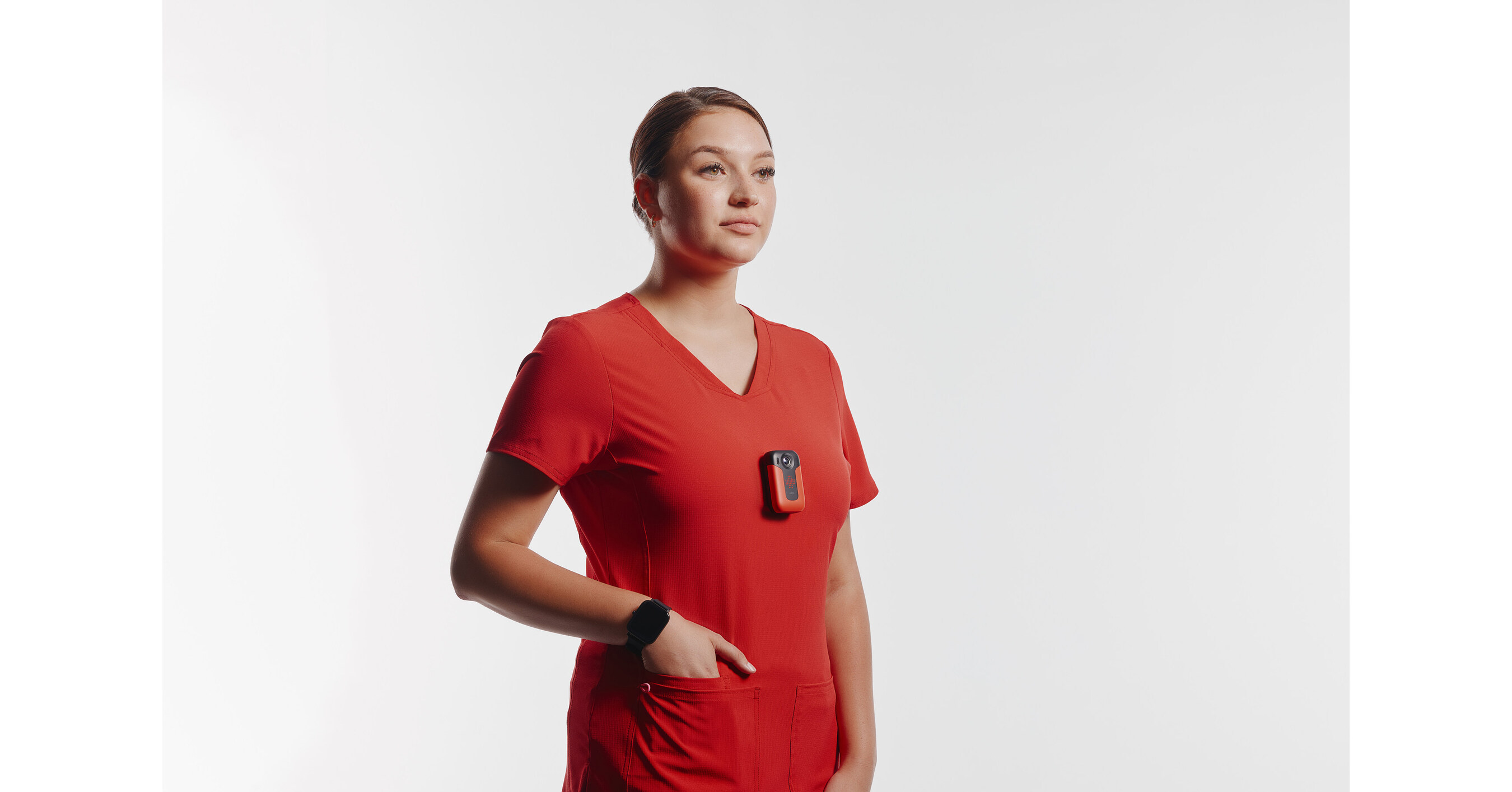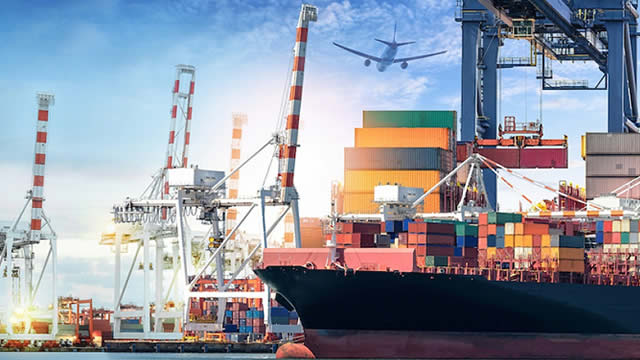
FRO
Frontline Ltd.
$23.67
2.06
(9.53%)
| Exchange: | |
| Market Cap: | 5.269B |
| Shares Outstanding: | 15.389M |
About The Company
| Sector: | Energy | |||||
| Industry: | Oil & Gas Midstream | |||||
| CEO: | Lars H. Barstad | |||||
| Full Time Employees: | 85 | |||||
| Address: |
|
|||||
| Website: | https://www.frontline.bm |
Frontline Ltd., a shipping company, engages in the seaborne transportation of crude oil and oil products worldwide. It owns and operates oil and product tankers. As of December 31, 2021, the company operated a fleet of 70 vessels. It is also involved in the charter, purchase, and sale of vessels. The company was founded in 1985 and is based in Hamilton, Bermuda.
Click to read more…
Revenue Segmentation
EPS
Earnings Call
Income Statement
(* All numbers are in thousands)
Balance Sheet
(* All numbers are in thousands)
Cash Flow Statement
(* All numbers are in thousands)
Analyst Estimates
(* All numbers are in thousands)





